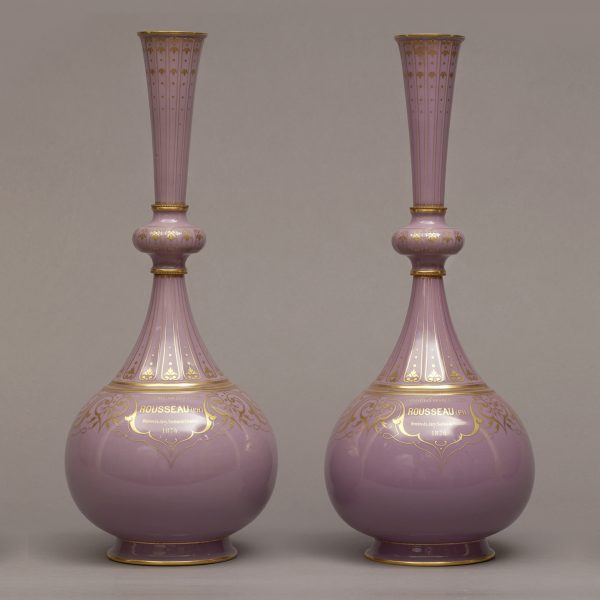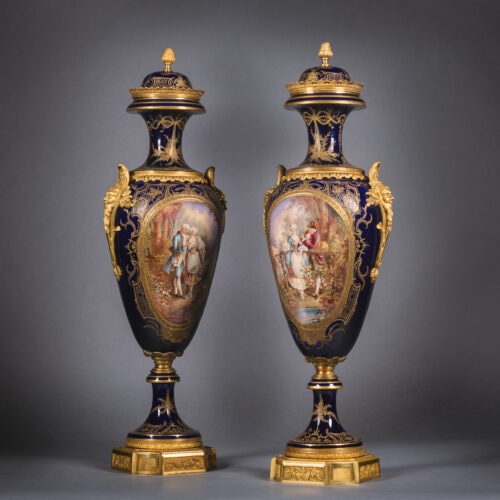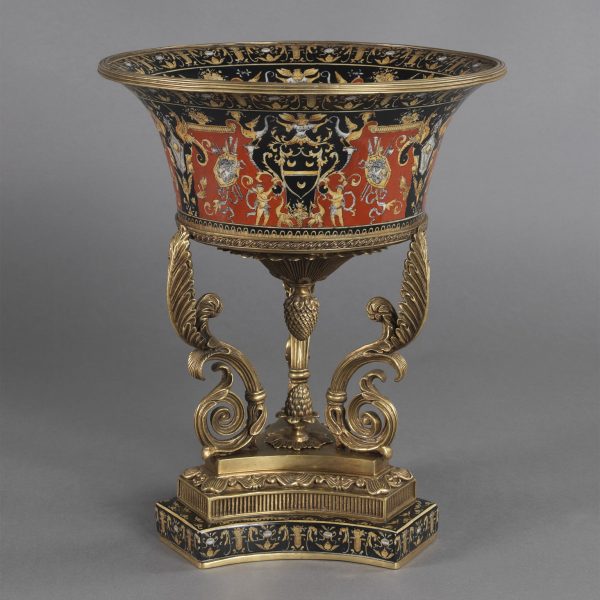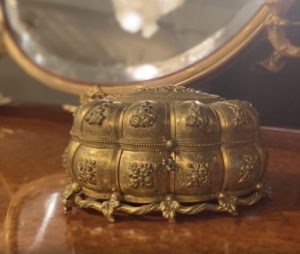Sèvres (Estilo)
A Large and Impressive Pair of Gilt-Bronze Mounted Sèvres Style Green Ground Porcelain Vases
POA
A Very Large and Impressive Pair of Gilt-Bronze Mounted Sèvres Style Green Ground Porcelain Vases. Stamped to the reverse of the bronze mounts 'KK'....
Dimensiones
Height: 120 cm (48 in)Ancho: 53 cm (21 in)
Profundidad: 43 cm (17 in)
Descripción
A Very Large and Impressive Pair of Gilt-Bronze Mounted Sèvres Style Green Ground Porcelain Vases.
Stamped to the reverse of the bronze mounts ‘KK’. The painted reserves signed ‘Quentin’.
The body of each vase is finely decorated with painted reserves depicting allegories of the arts to the front and landscapes with a lake to the reverse. Set against a vivid apple-green ground with gilt-emboss decorated frames. The trumpet shaped necks and conical lids each with gilt-tooled reserves, finely painted with attributes of the arts and music, surmounted by pineapple finials. The sides with handles in the form of gilt-bronze female masks. Each vase is raised on a spreading fluted socle atop a chamfered square section base.
The vase with a seated lady painting an oval canvas represent the Muse Urania, from Greek Mythology. Her painting of the rising sun is titled ‘Le Fais Fleurir Toutes Choses’ (Make All Things Bloom). She is attended by a putti holding an artists’ palette besides a sculptural tablet. Two further putti are engaged in the art of writing and bookbinding. The other vase shows a seated figure of Calliope, the beautiful goddess from Greek mythology who inspires artists. As the Muse of Epic Poetry, a sheet of sonnets rests beside her, she attended by cupid with a mask, representing the theatre, and by children with trumpet and lyre, representing music and poetry.
France, Circa 1890.
Fecha
Alrededor de 1890
Origen
Francia
Medio
Gilt-Bronze and Porcelain
The Sèvres Porcelain Manufactory was founded to the east of Paris in the disused Royal Château of Vincennes, late in 1739-40. and moved to the village of Sèvres, west of Paris in 1756, en route to King Louis XV’s palace of Versailles.
Here it was also adjacent to Louis’s mistress Madame de Pompadour’s own château at Bellevue. She was delighted with the factory’s new location – as she knew she could entice Louis to take a greater interest in it when it was so near their own residences. Indeed, the King became such a keen patron of the factory that, when it ran into financial difficulties, he bought out the shareholders and became the sole proprietor. The factory remained a royal enterprise until the French Revolution, when it was nationalised.
The popularity of the Louis XV style during the nineteenth century led to a number of companies in and around Paris, creating exceptional Sèvres-Style porcelain based on eighteenth century models and to the same exceptional quality. Often these pieces were of exhibition quality and scale, and finely painted by the best studio painters of the day such as Robert, Desprez and Poitevin.
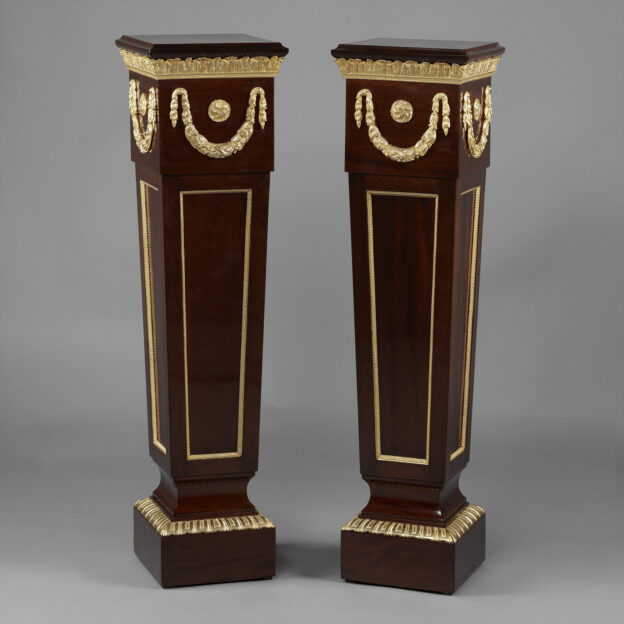




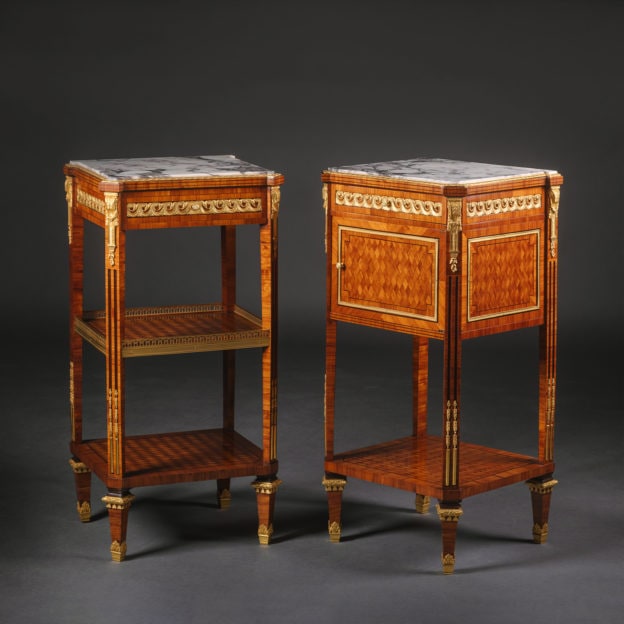
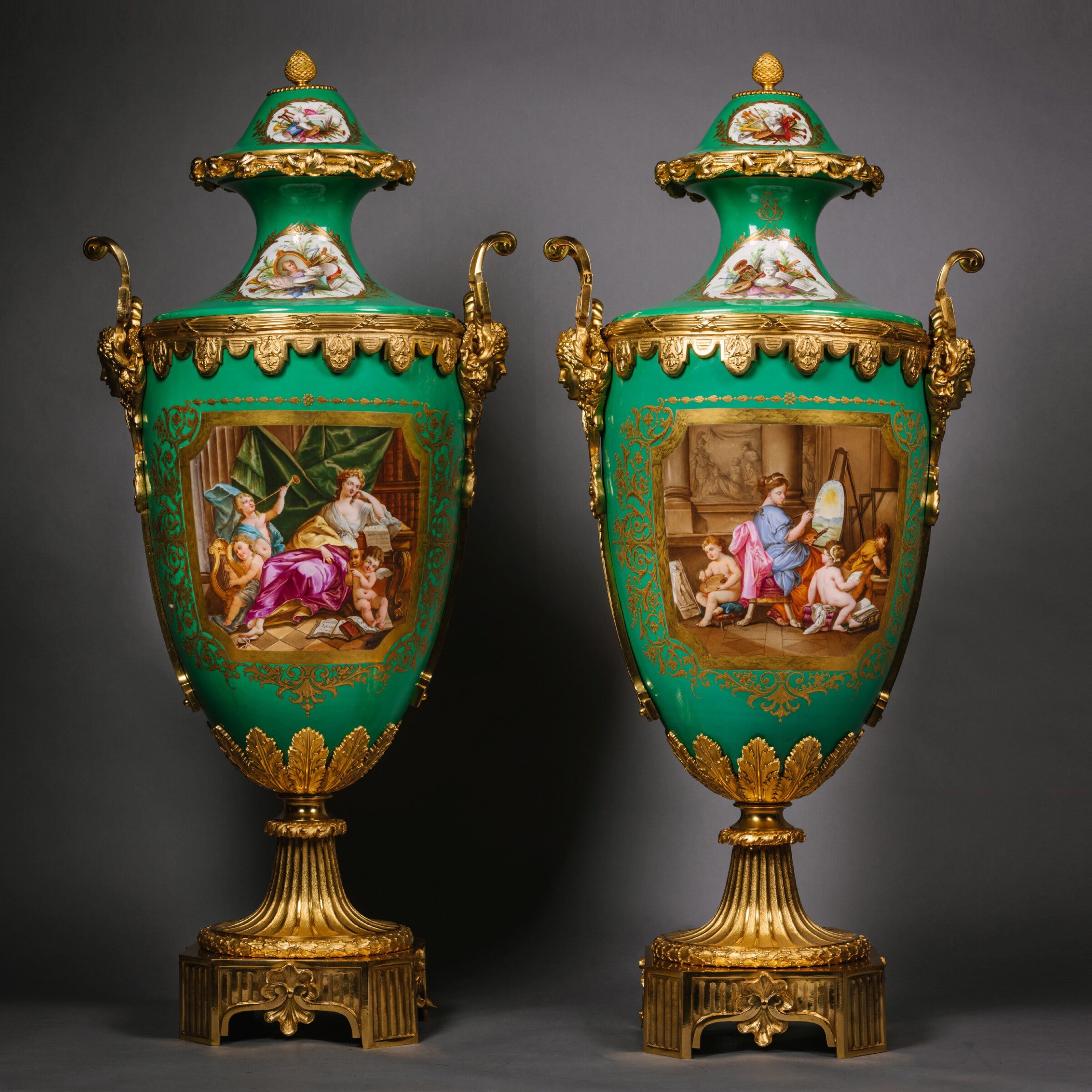

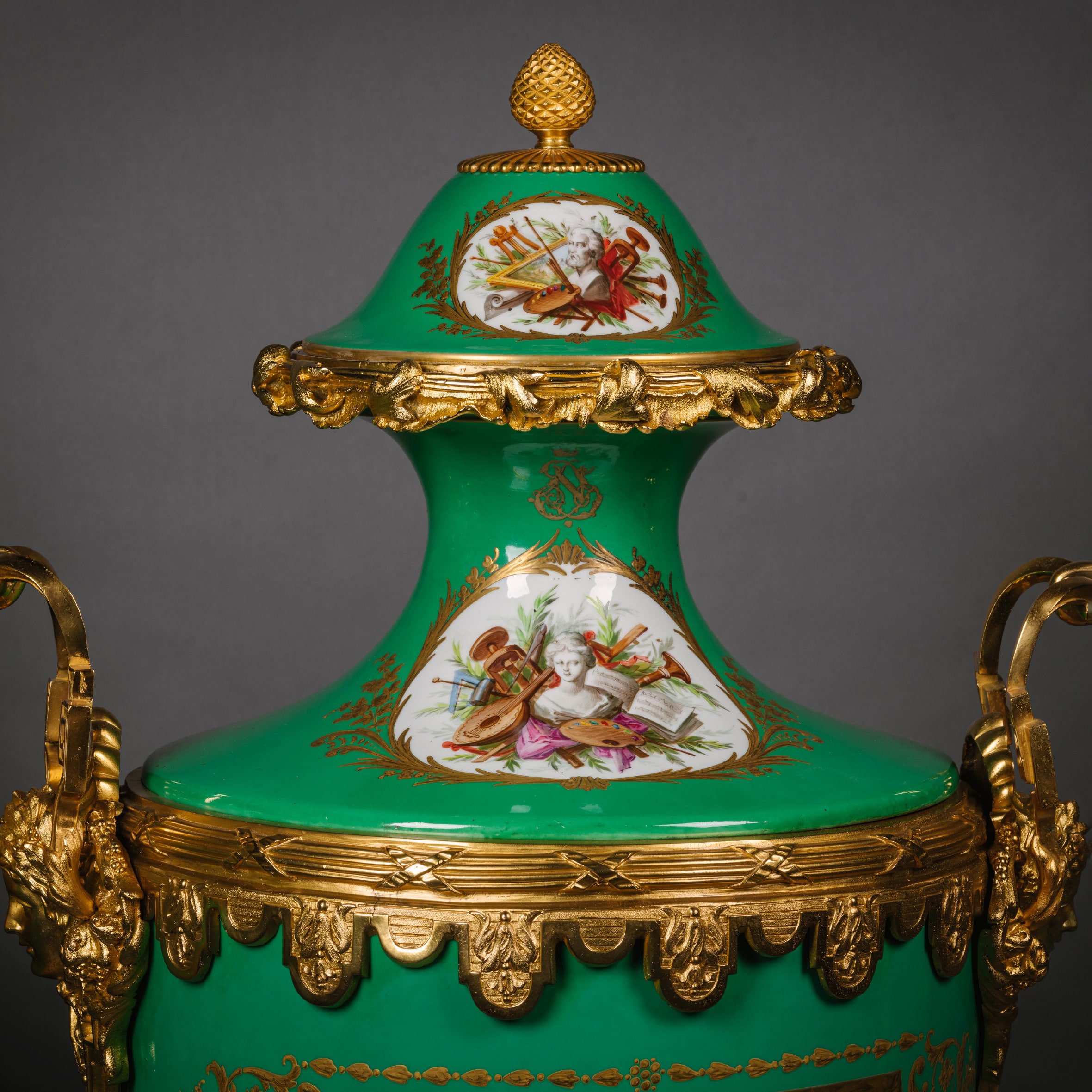
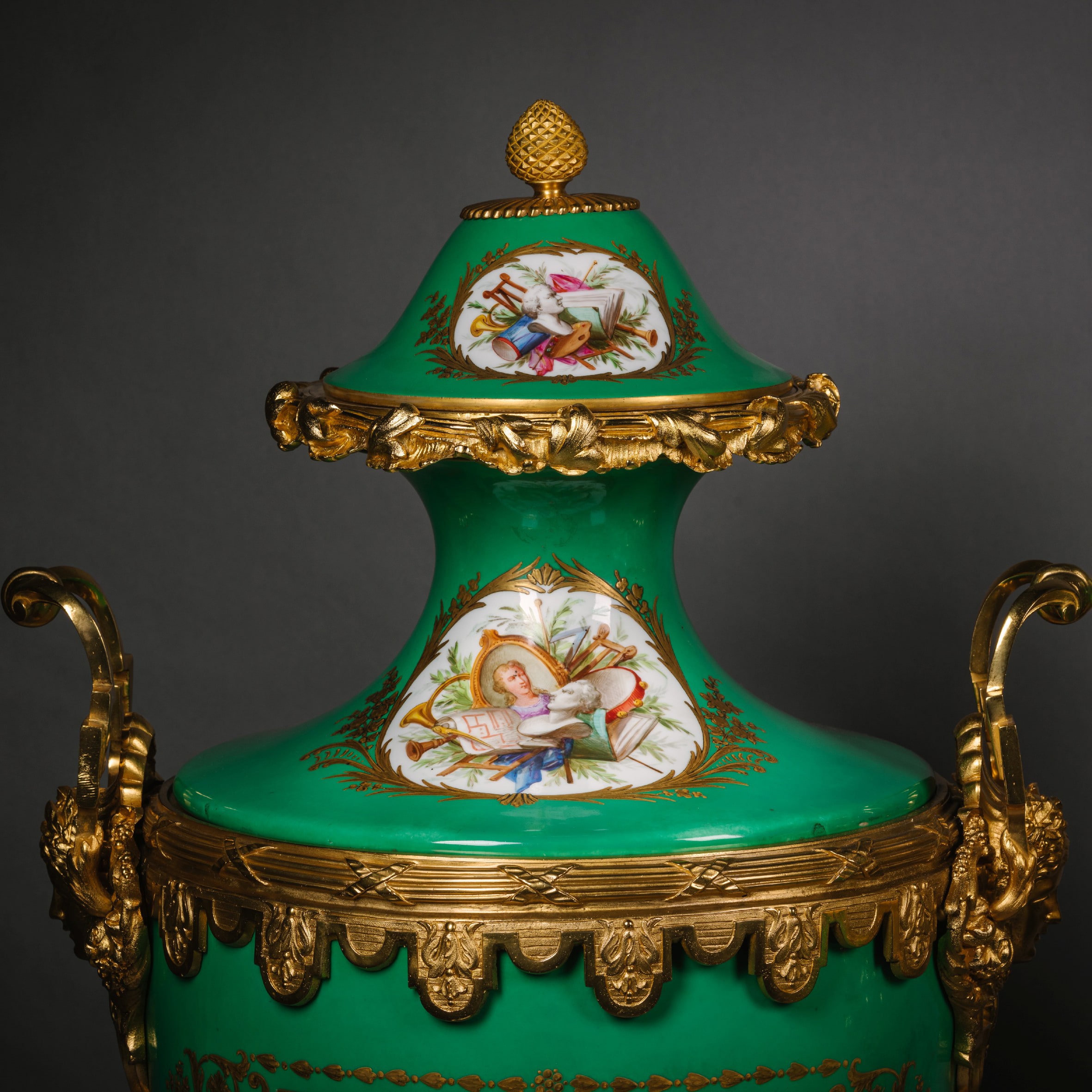
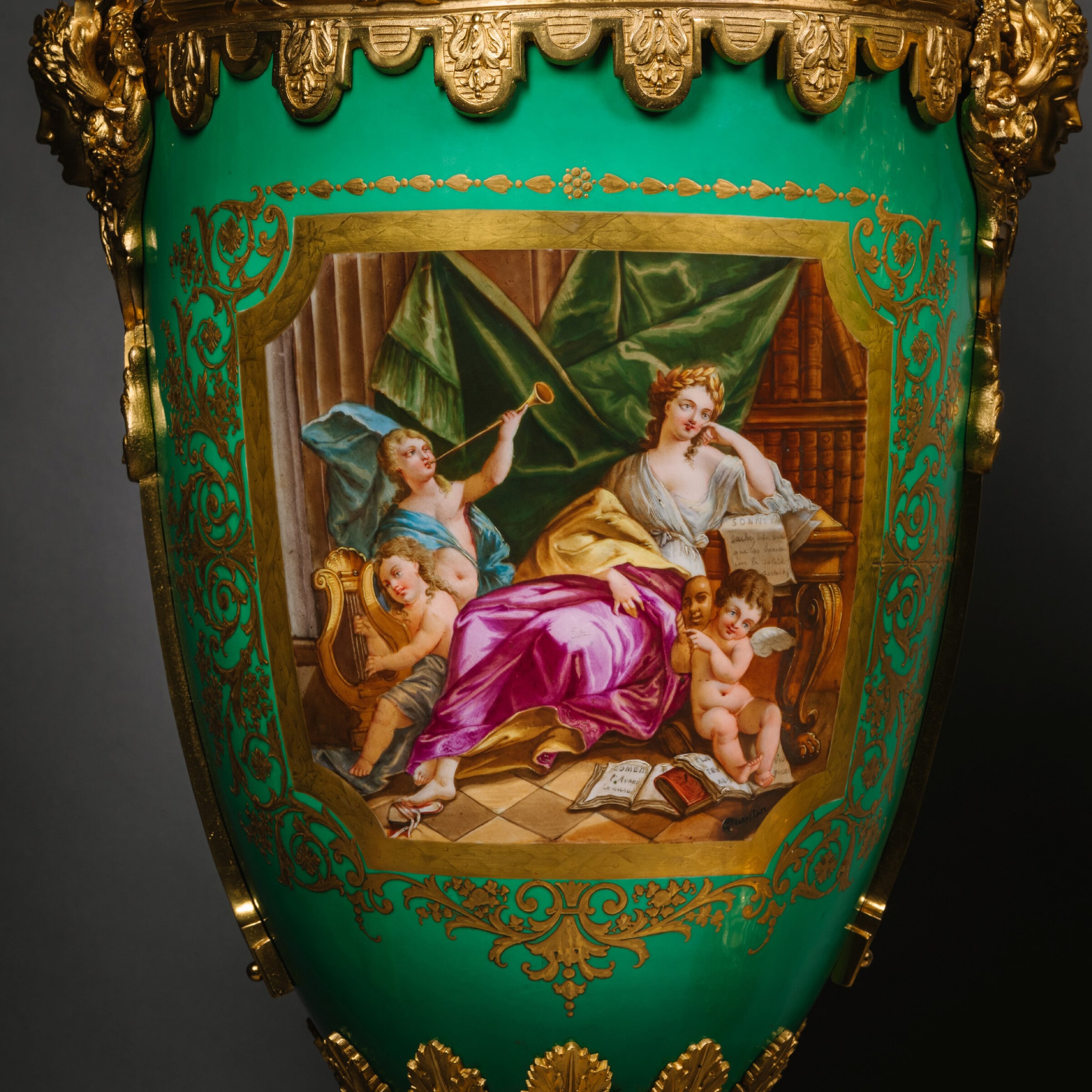
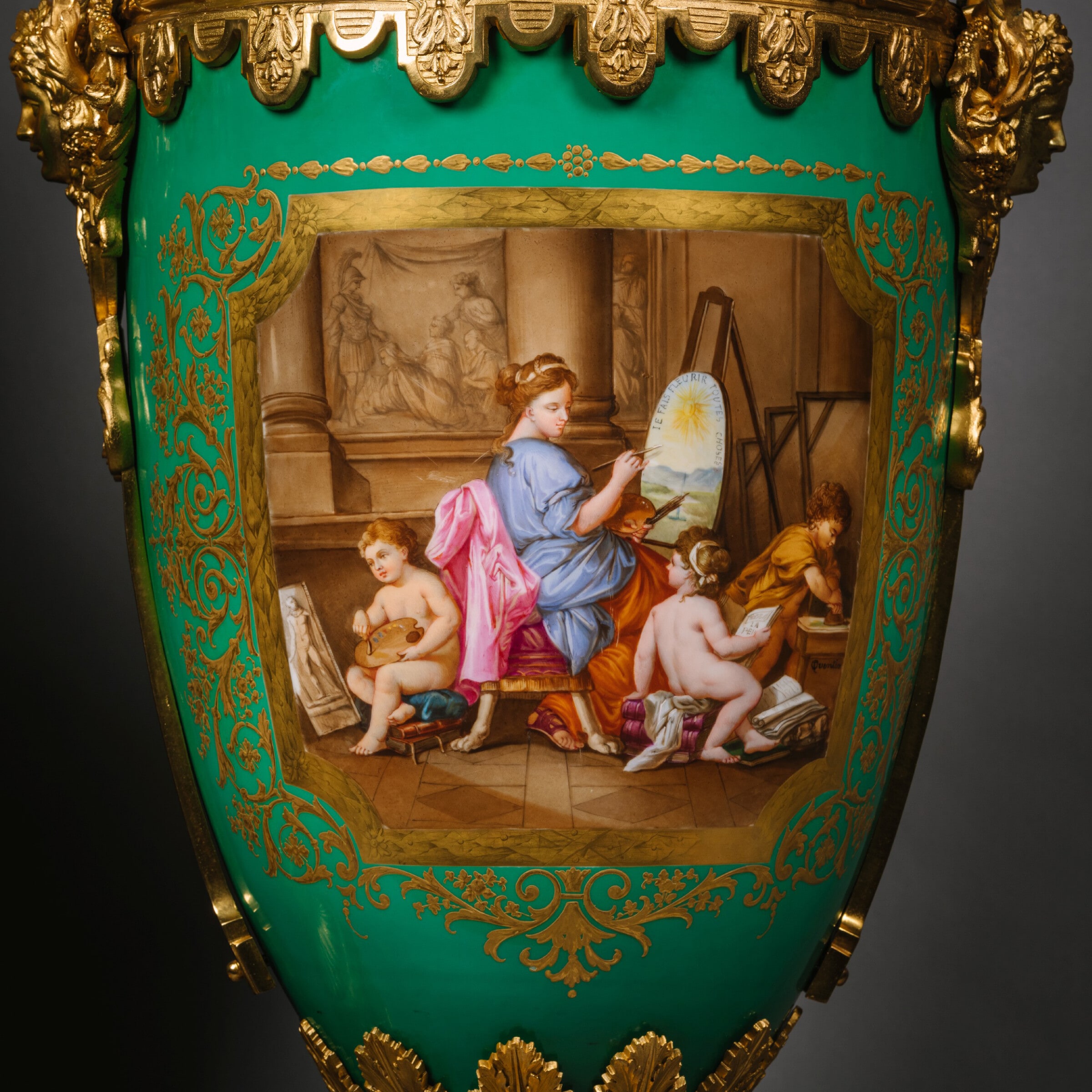

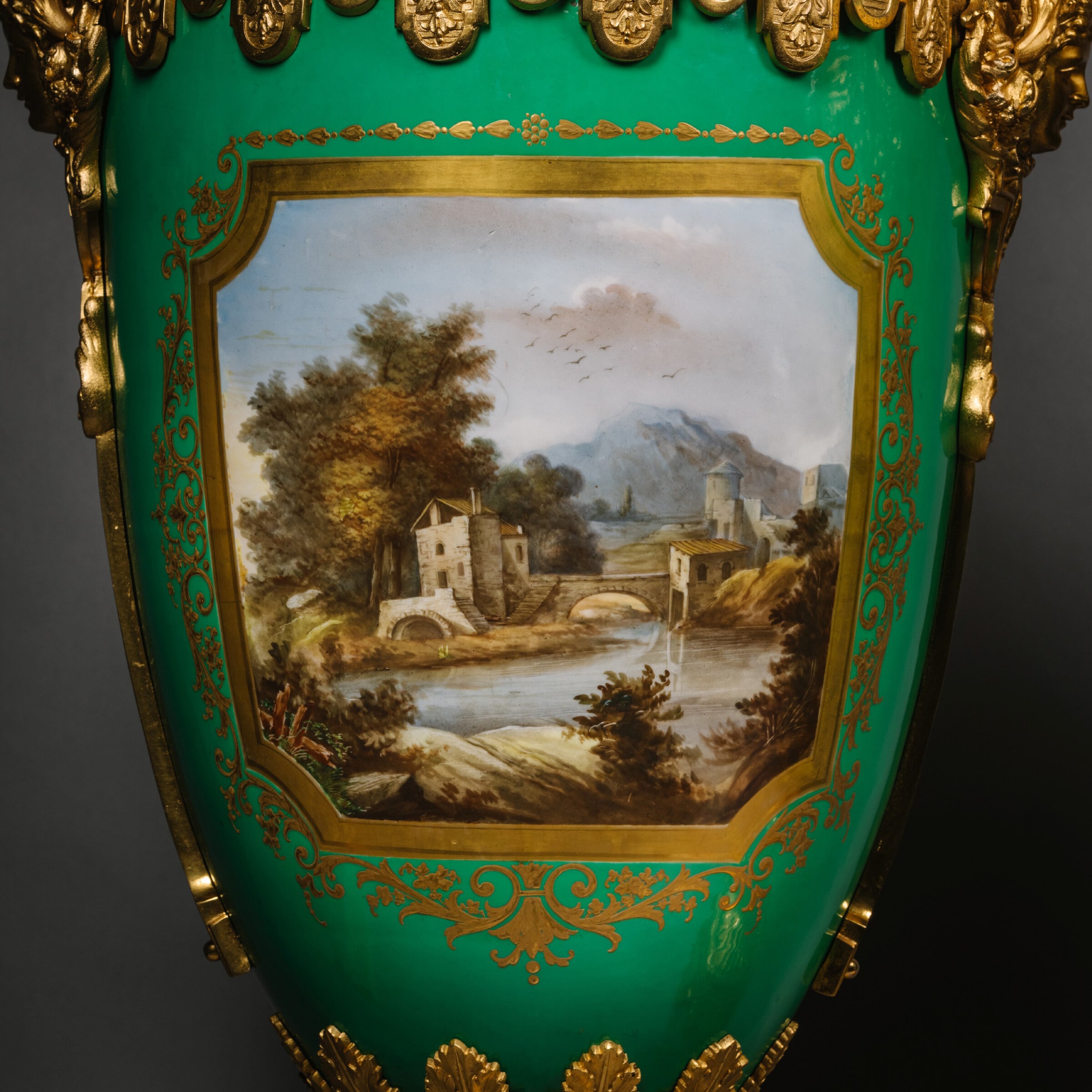
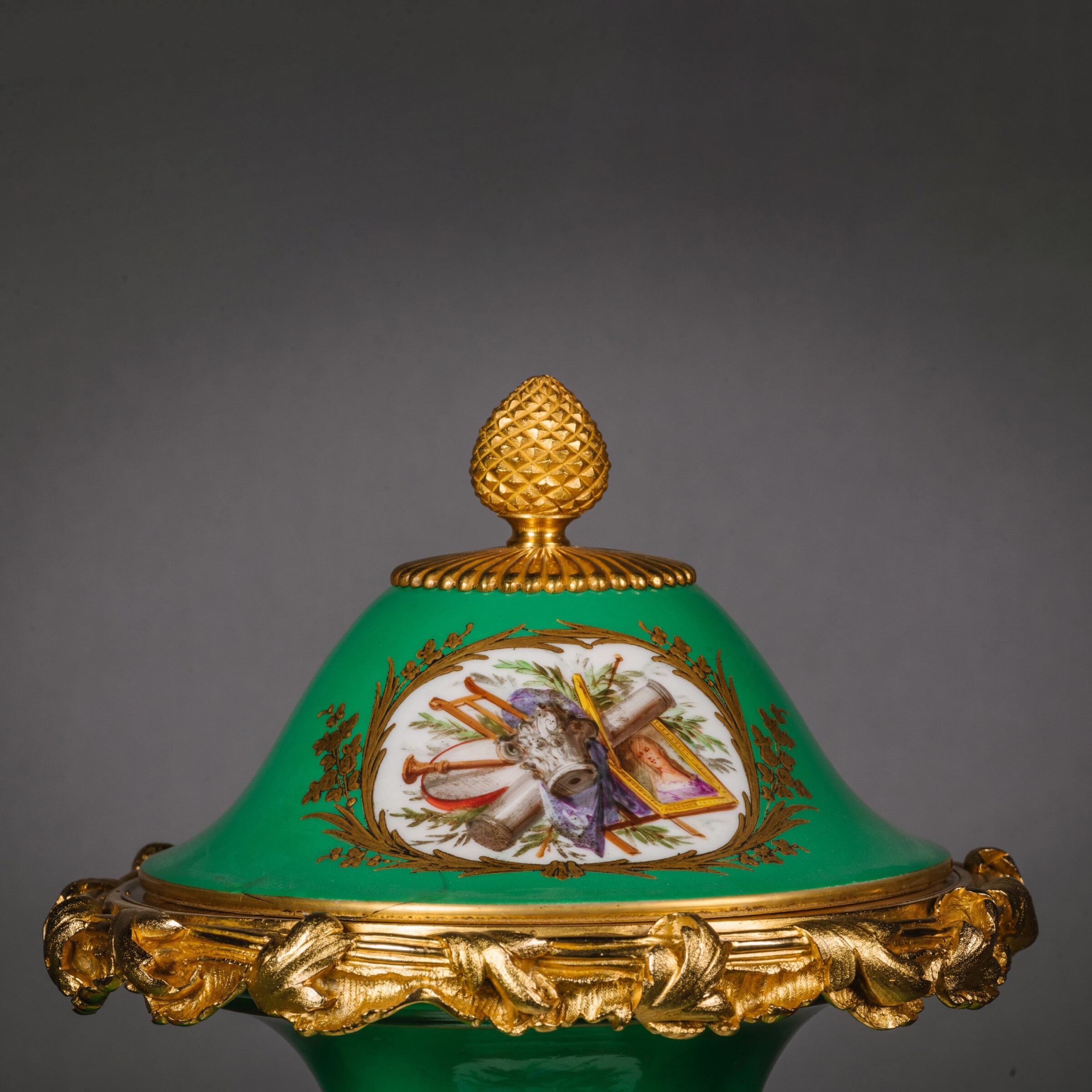
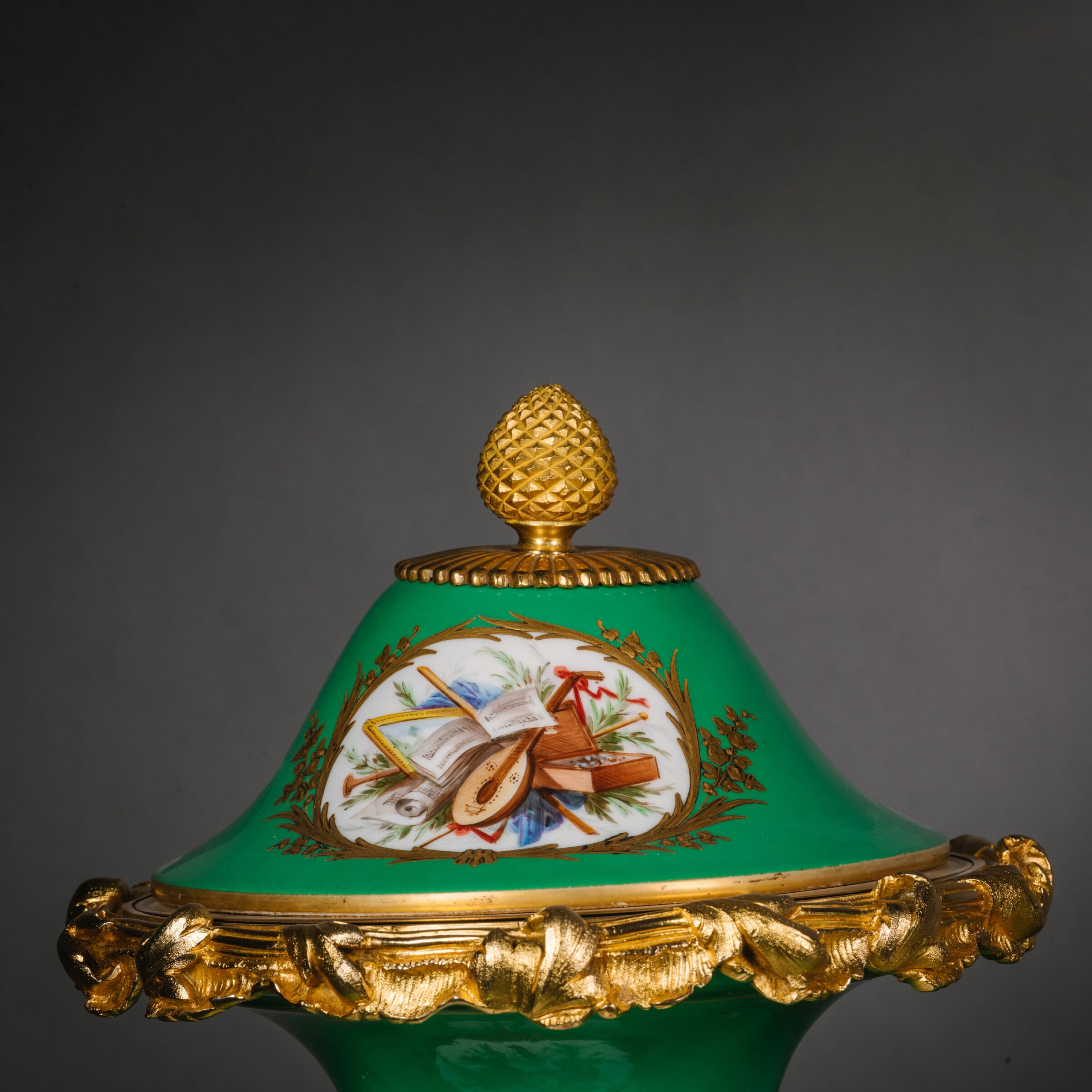
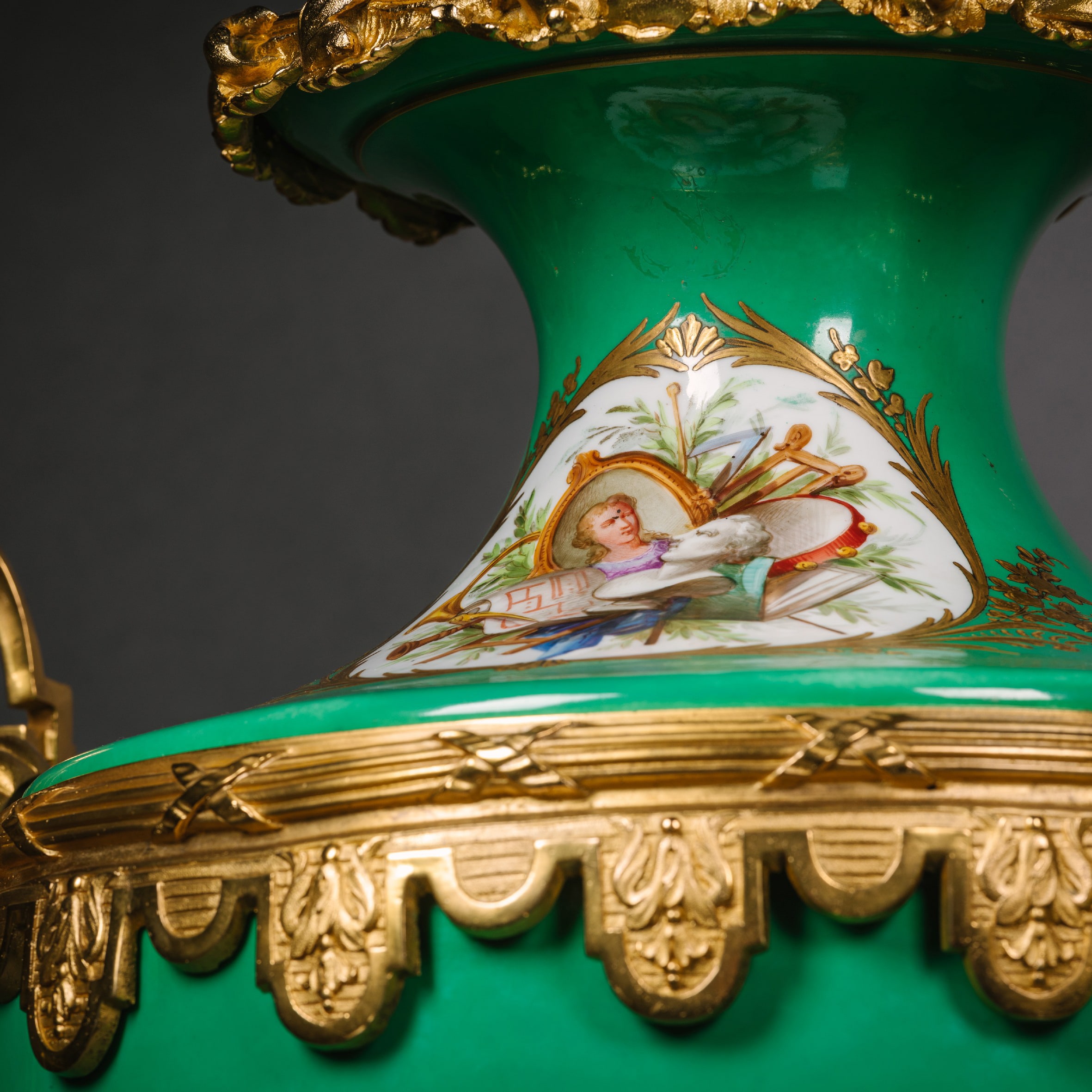
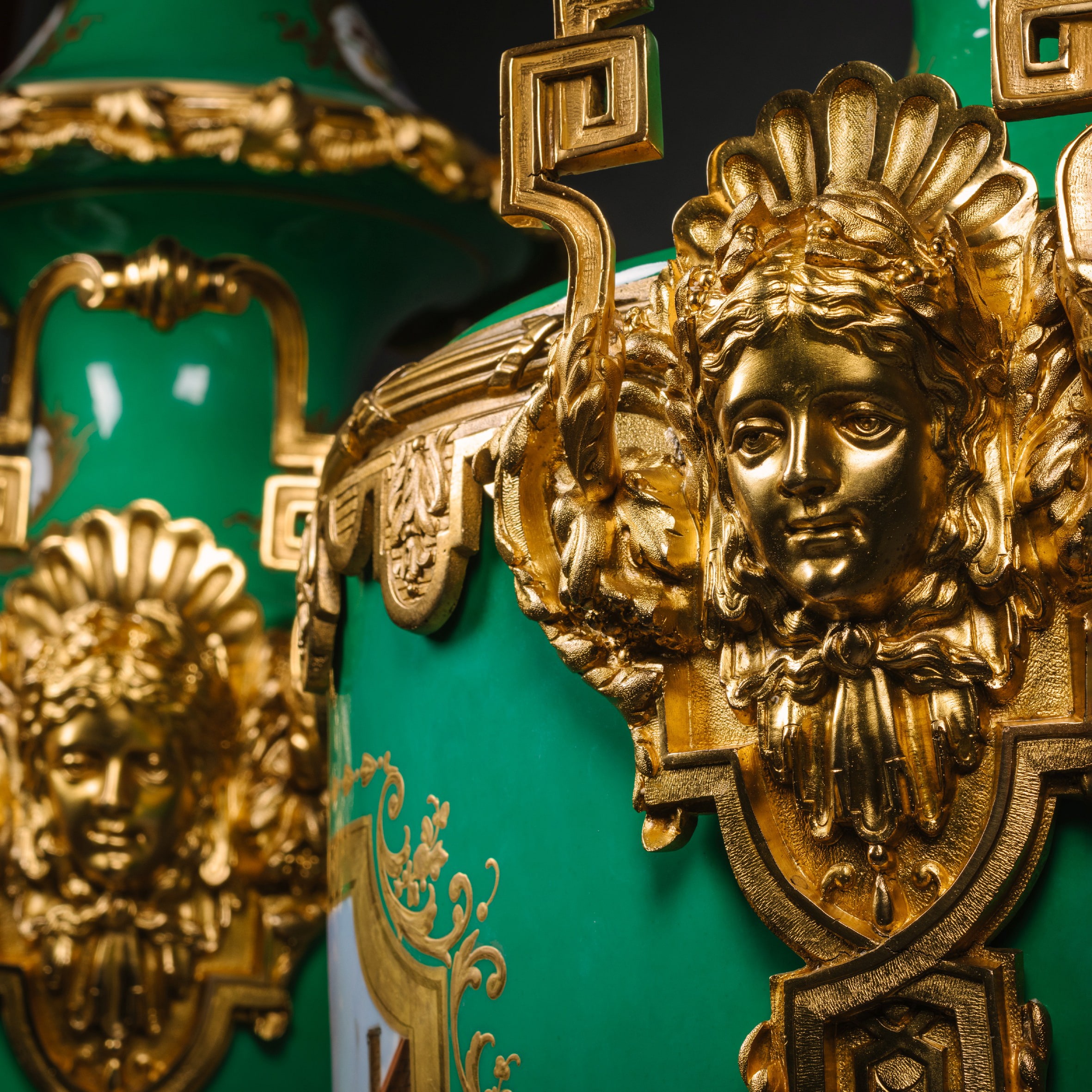
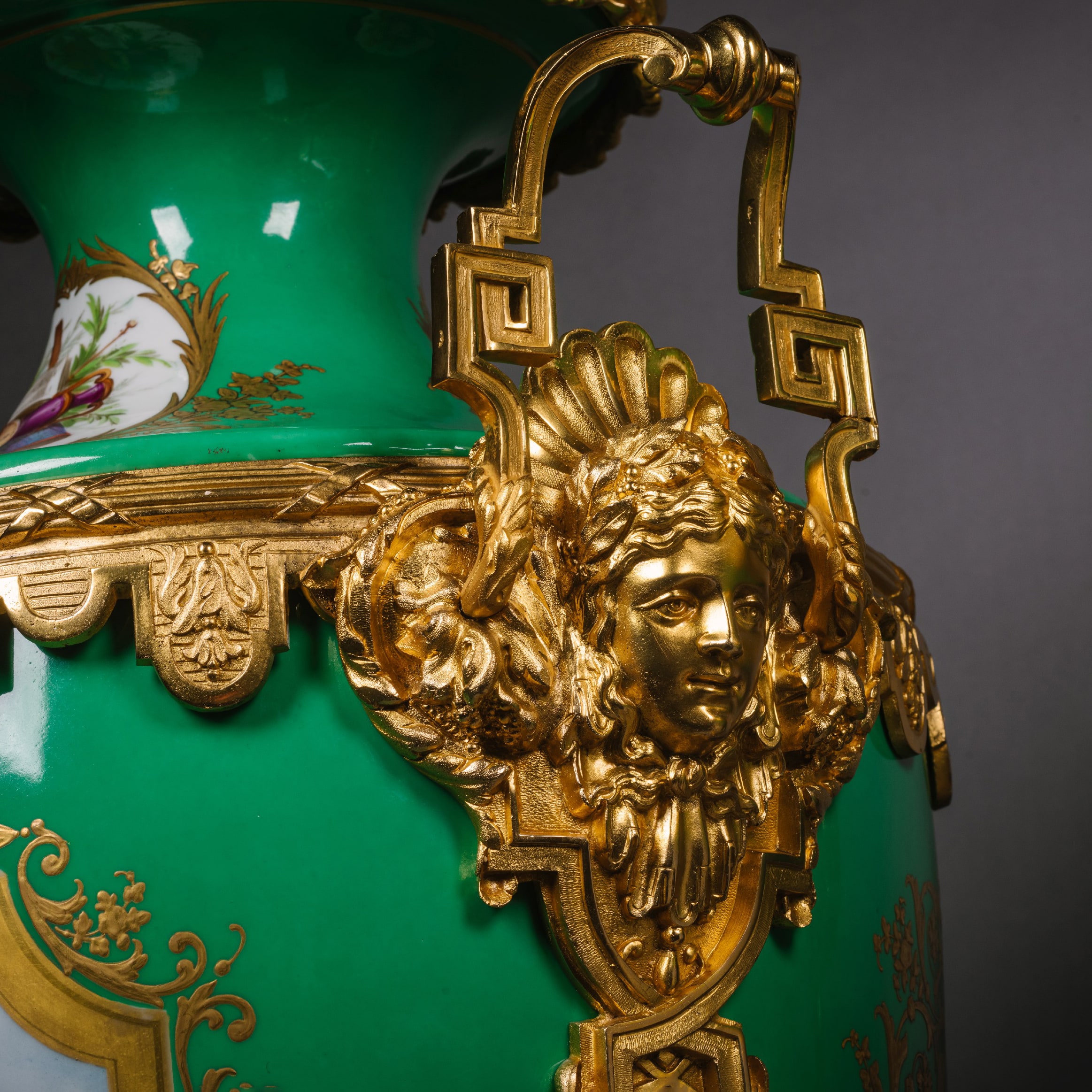

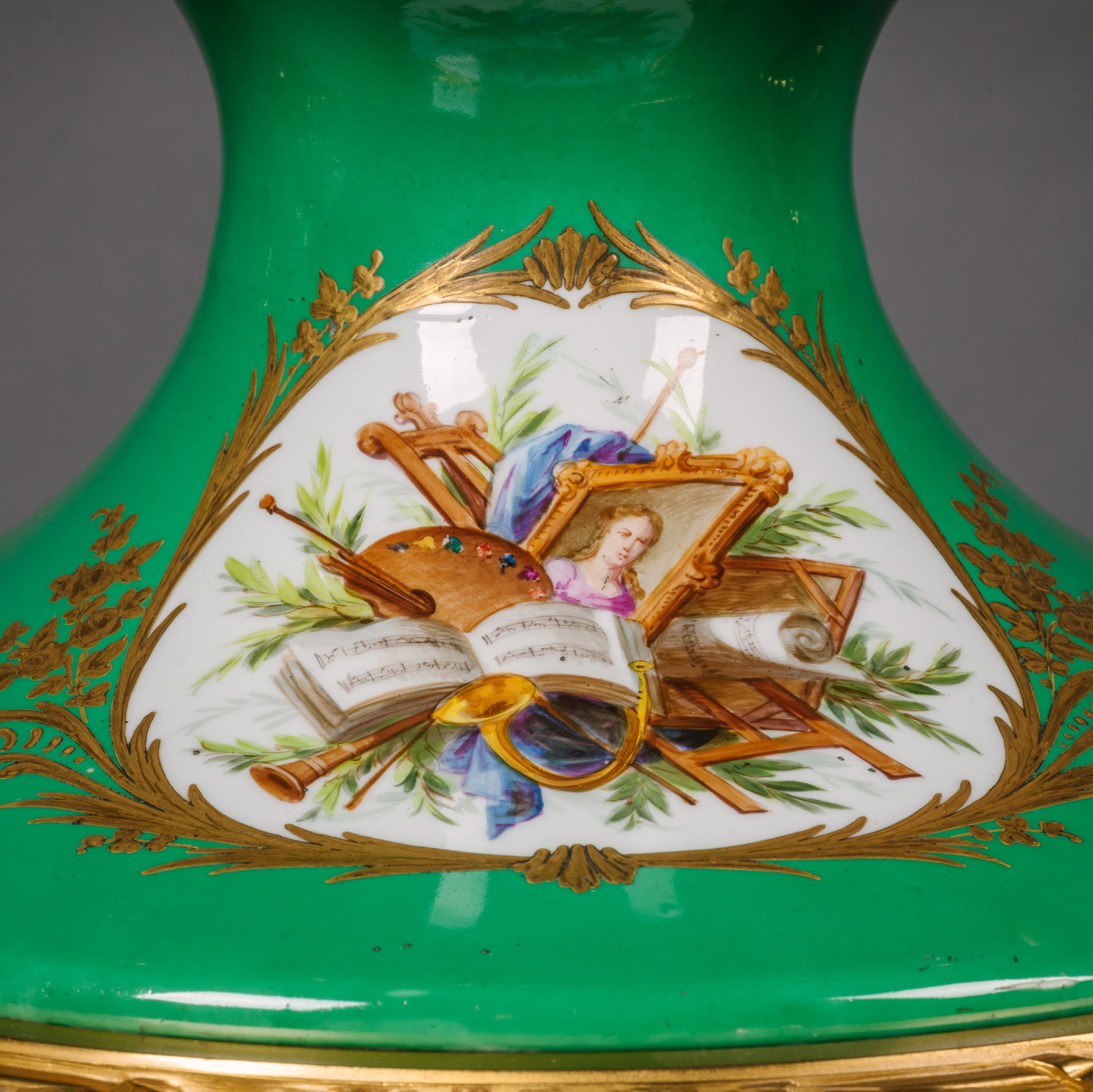
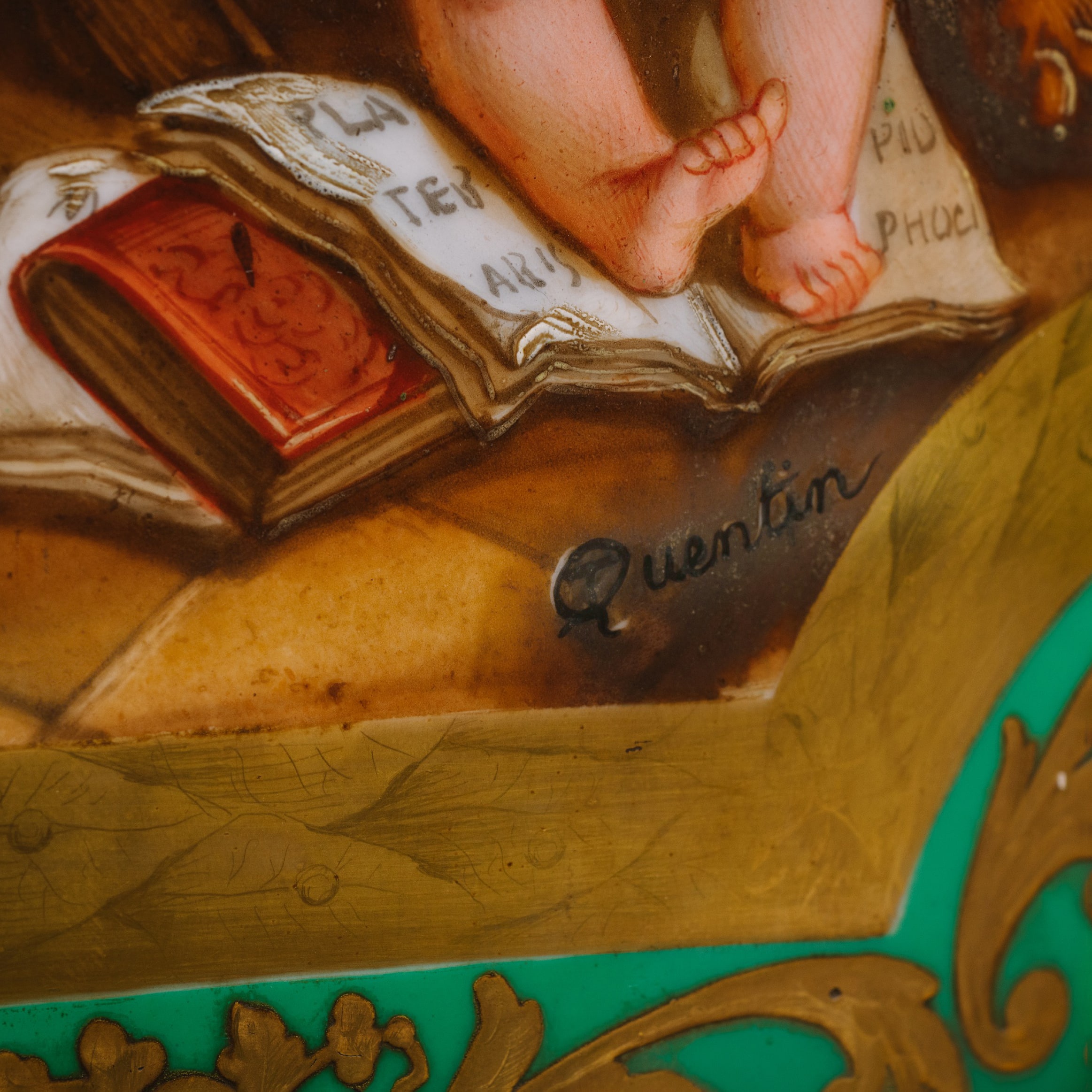
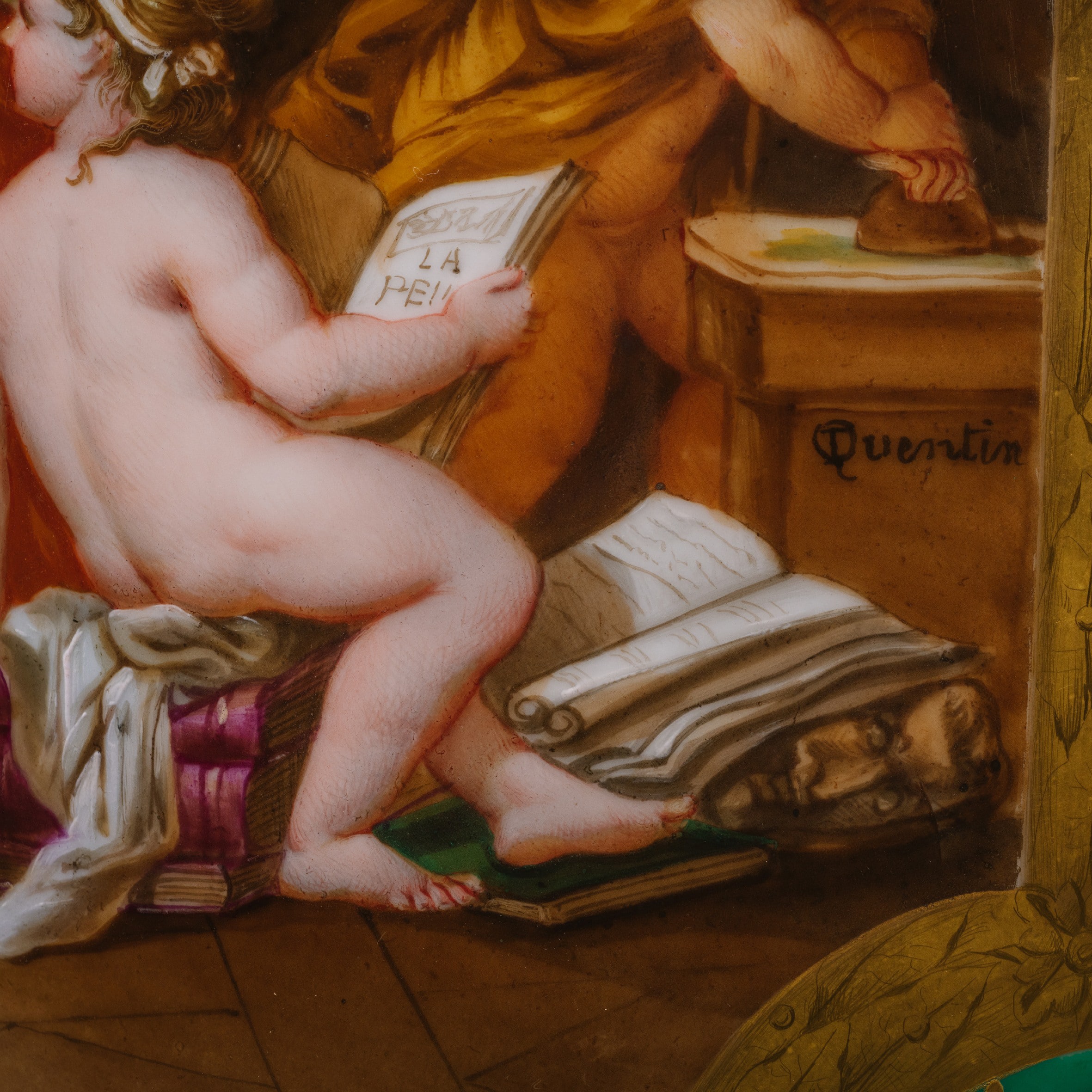

 Imprimir
Imprimir